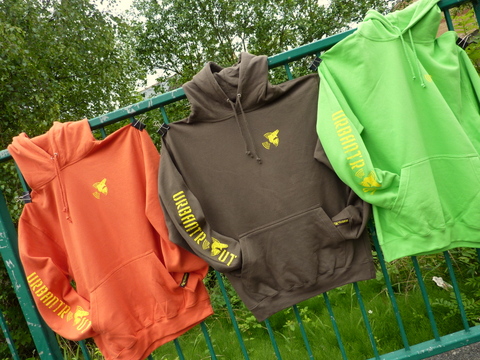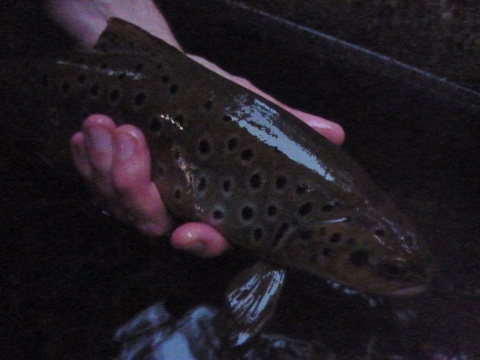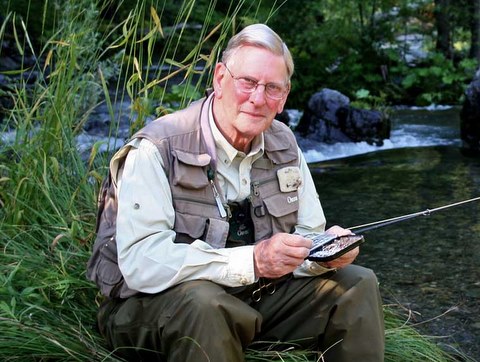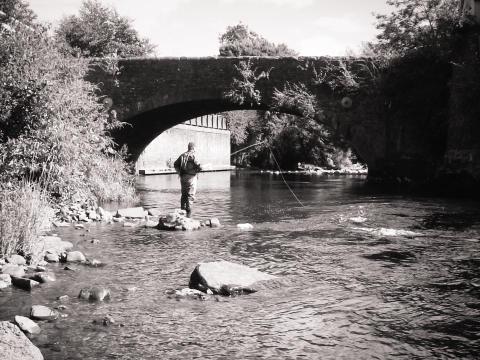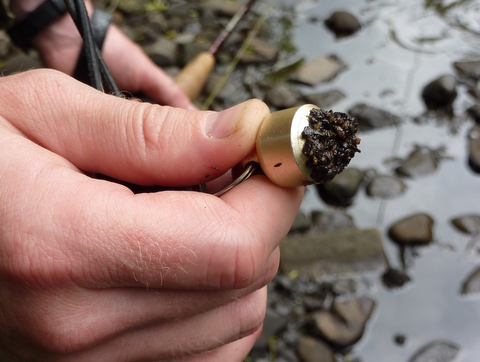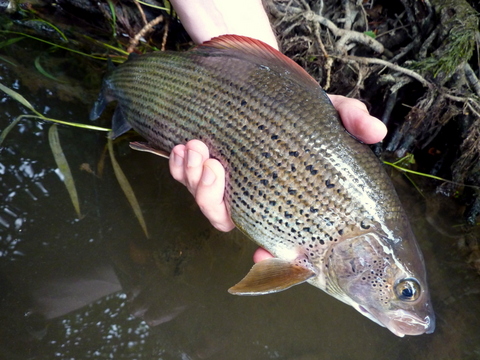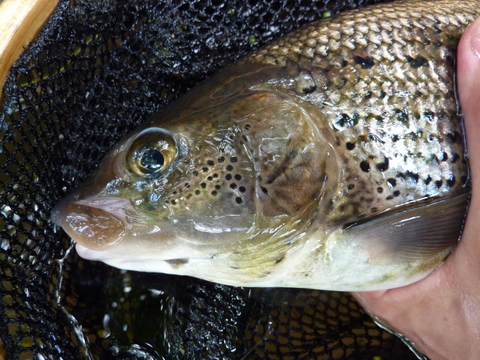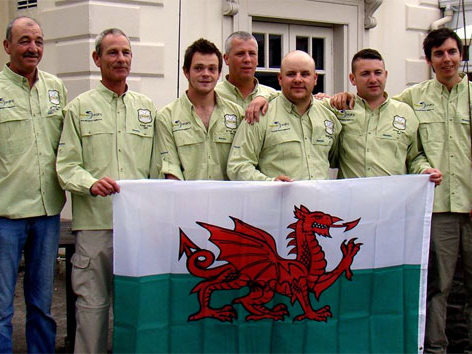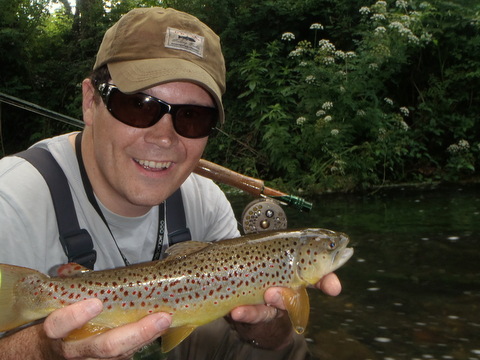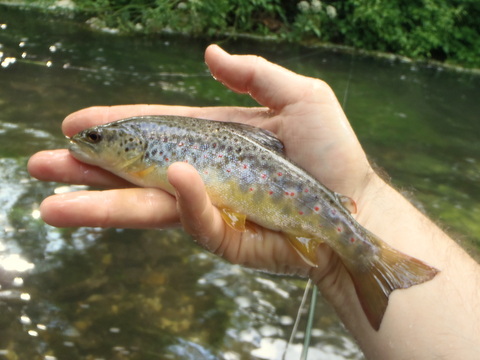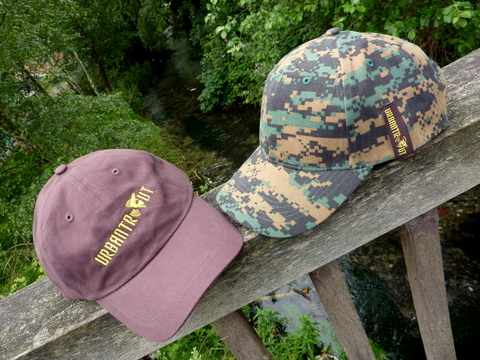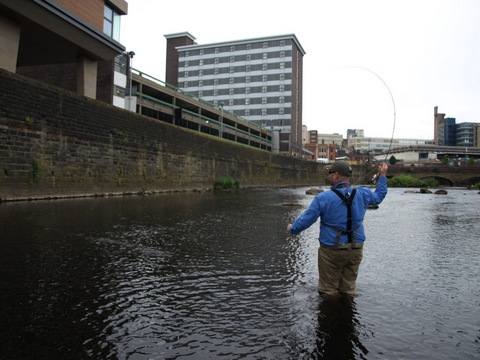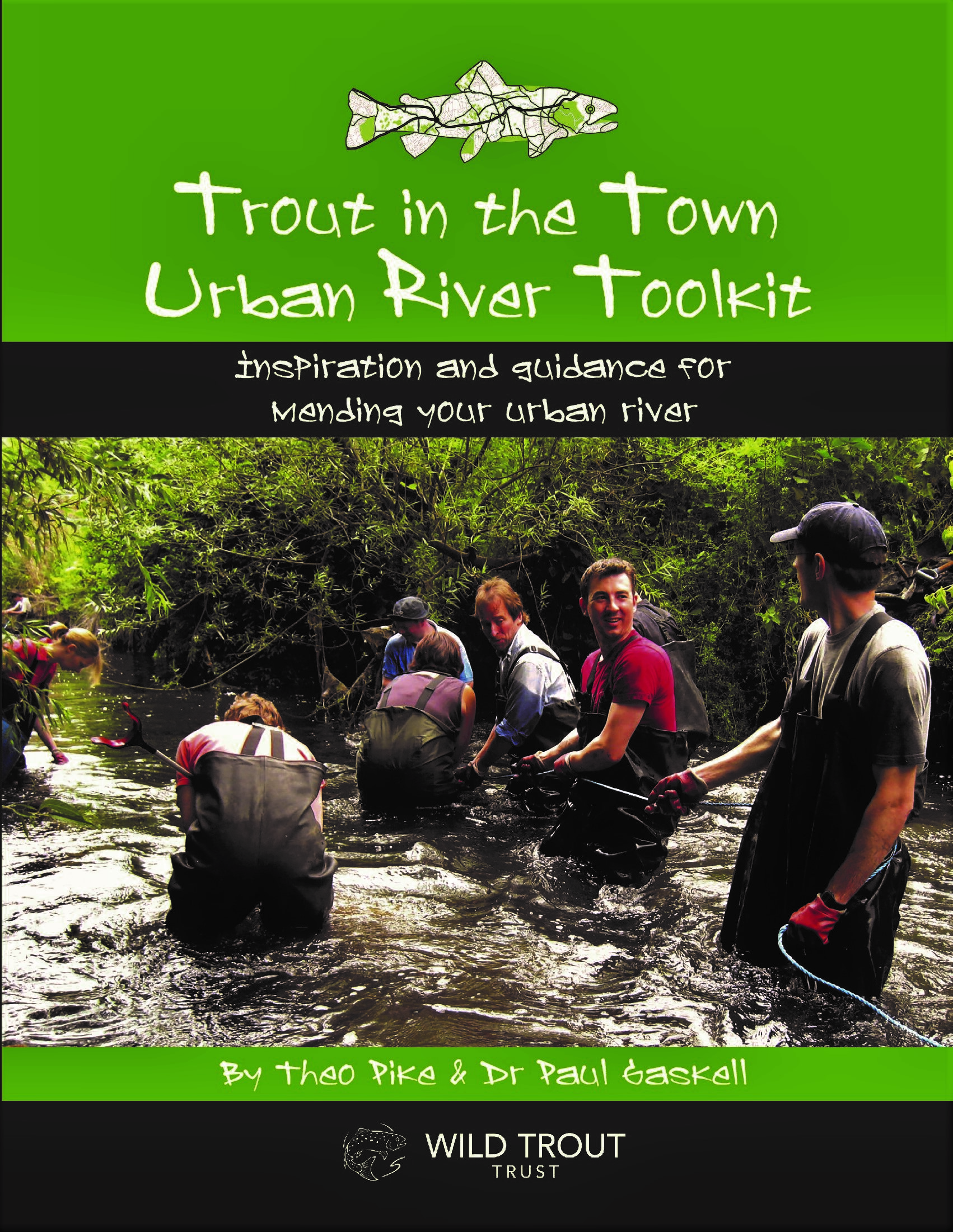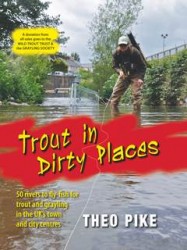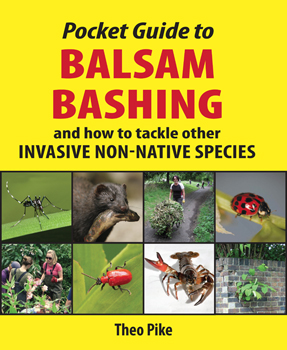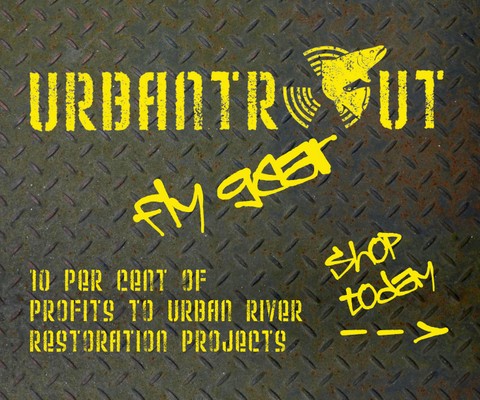Urbantrout’s iconic hoodies are designed to help you fish where you live, taking you comfortably from riverbank (concrete or otherwise!) to city bar or wilderness roadhouse with almost-invisible stealth or bright yet organic urban style.
Now it’s September, we’re celebrating the arrival of autumn with Urbantrout’s first design-your-own-hoodie week – helping you express your colder-weather fishing style by rocking the Urbantrout hoodie that suits you best.
Here’s how it works:
- Pick your favourite colour from a choice of 50 hoodies in the WRAP certified All We Do Is… JH001 College Hoodie range by midnight (UK time) on Sunday 8 September
- Email us with your choice of colour and size, plus your delivery address and preferred payment method (Paypal, cheque or bank transfer)
- We’ll get your personal hoodie durably silk screen printed with our iconic chemical yellow Urbantrout arm and breast logos, add our signature hand-sewn sleeve tab, and send it to you by the end of September
All Urbantrout hoodies are priced at £40, with FREE postage and packaging to UK addresses as part of this offer. And just like all Urbantrout branded gear, 10% of profits go directly to fund urban river restoration projects.
Urbantrout’s first design-your-own-hoodie week runs until midnight on Sunday 8 September 2013, and the full Urbantrout range of t-shirts, caps and window stickers is also available online.
Check out the full range of 50 colours and order your custom Urbantrout hoodie today!
